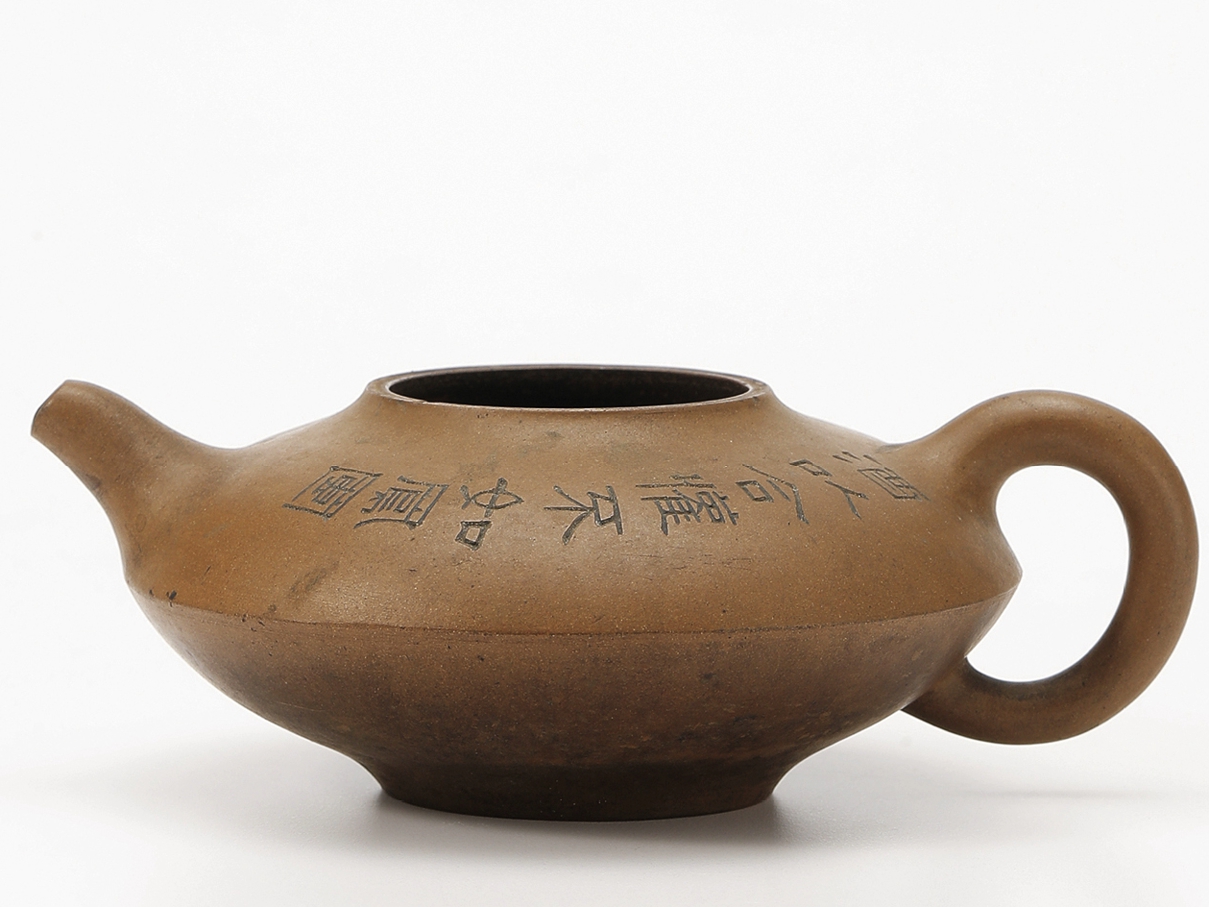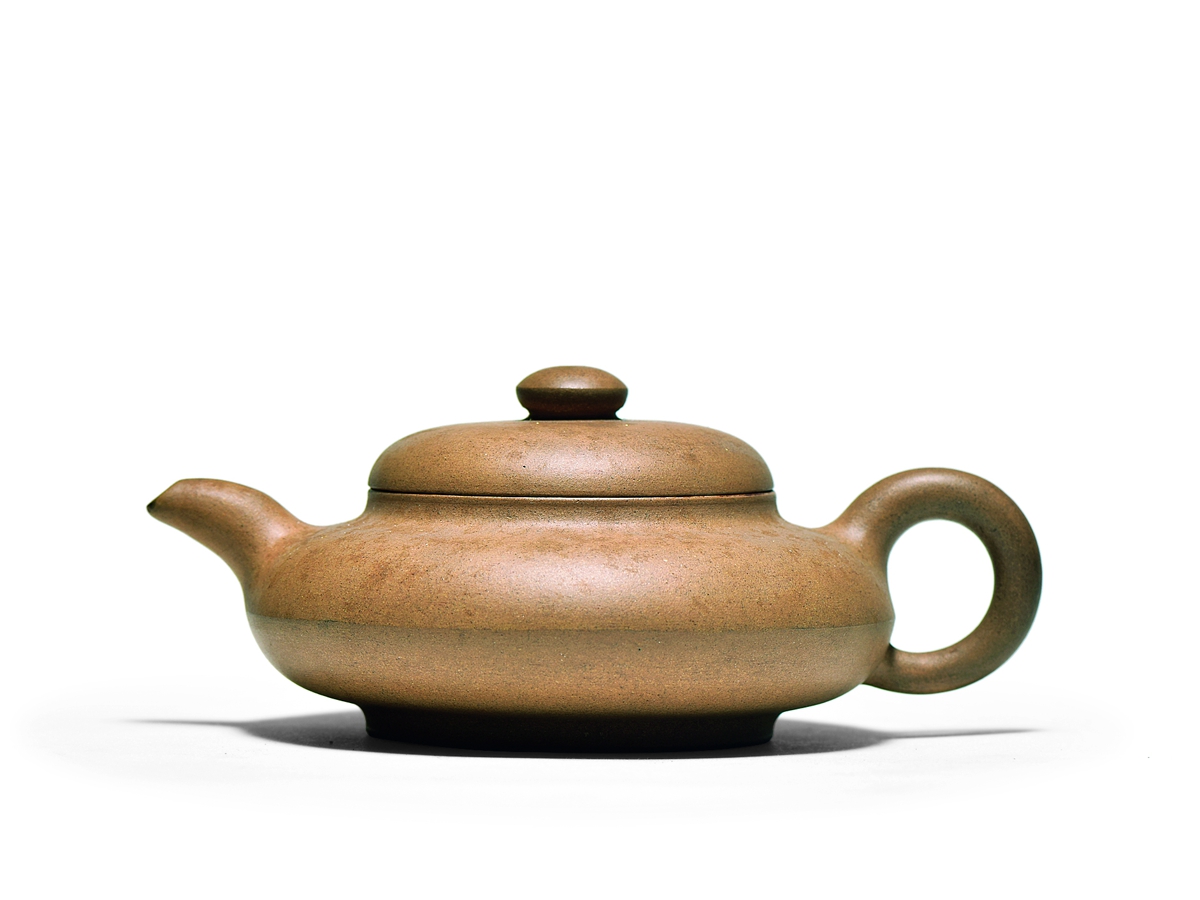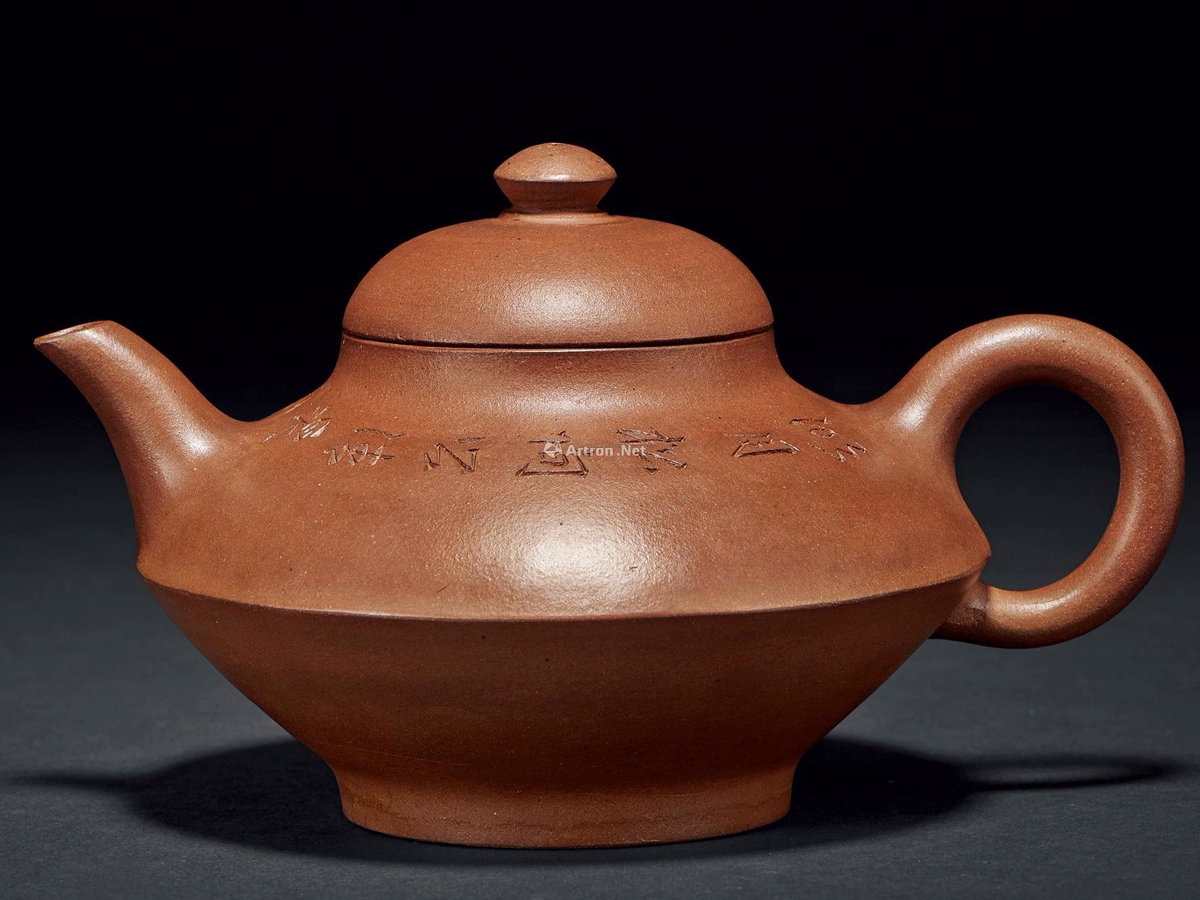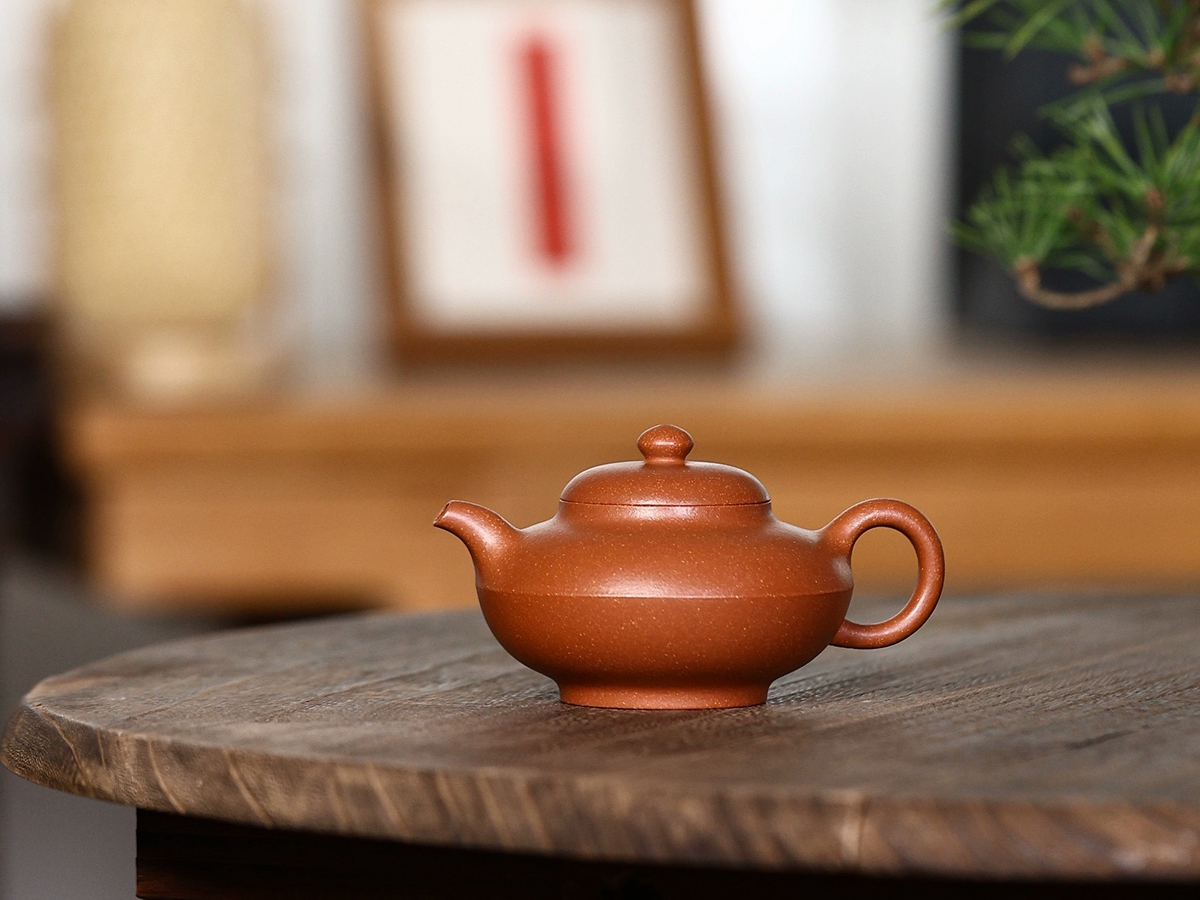Hehuan Teapot (合欢壶) - "Universal Joy"
The Hehuan teapot is one of the most striking symbols of Chinese tea art, distinguished by its deep symbolism, elegant form and rich history.
This masterpiece was created as a result of the collaboration of two outstanding masters: Cheng Mansheng and Yang Pennian, who combined elements of calligraphy, poetry and aesthetics in their work, achieving a unique harmony.
The History of the Henghuan Teapot
The history of the Hehuan Teapot (Chinese: 合欢壶, pinyin: Héhuān hú) begins when Cheng Mansheng was an official in the city of Liyang. He was given the important task of organizing the collection and shipment of White Bud Tea (Chinese: 白芽, pinyin: Bái yá) for the imperial court. After completing this task, Mansheng held a celebration with friends, where he was inspired to create a teapot that reflected joy and unity.
The shape of the teapot symbolizes the connection of two halves of musical cymbals, the sound of which inspired all participants at the festival. These sounds, carried far away, became the personification of common joy and celebration. Thus was born the idea of the Hehuan design, which means "universal joy".
Design features
- Unique shape: The kettle body is made in the form of two connected parts, reminiscent of musical cymbals. This design is not only aesthetically pleasing, but also functional, ensuring uniform heat distribution.
- Calligraphy and Poetry: The surface of the teapot is often decorated with calligraphy and poetry, which adds to its artistic value.
- Materials: Hehuan teapots are usually made from the famous Yixing clay, which has unique properties of preserving the aroma of tea and distributing heat.
The main difference from other forms
The main difference between the Hehuan teapot and other forms is its symbolism and unique design. Its design is inspired by musical cymbals, which represent joy and harmony. While many other teapots have natural or utilitarian motifs, the Hehuan stands out for its deep cultural significance and aesthetic completeness.
Moreover, it combines functionality and artistic value: its shape provides ideal conditions for brewing tea, and its decorative elements make it a real work of art.
Significance in modern culture
In modern culture, the Hehuan teapot remains a symbol of harmony and joy. Its shape and symbolism attract collectors and lovers of Chinese tea culture. It is used not only as a functional object, but also as a work of art, decorating the interior and acting as a means of cultural exchange.
Modern craftsmen continue to be inspired by Hehuan designs, creating unique variations that combine tradition and modern technology.
Interesting facts
- Connection to music: The shape of the teapot is connected to musical cymbals, symbolizing the sounds of celebration and harmony.
- Part of the 18 Classical Shapes: Hehuan Teapot is one of the 18 classic shapes created by Cheng Mansheng .
- Participation in rituals: This teapot is often used in ceremonies, emphasizing the importance of traditional values.
The Hehuan teapot is more than just a tea accessory, it is a carrier of history, culture and aesthetics. Its unique design and deep meaning make it an important symbol of Chinese art that continues to inspire people around the world.
- Комментарии
- Вконтакте










